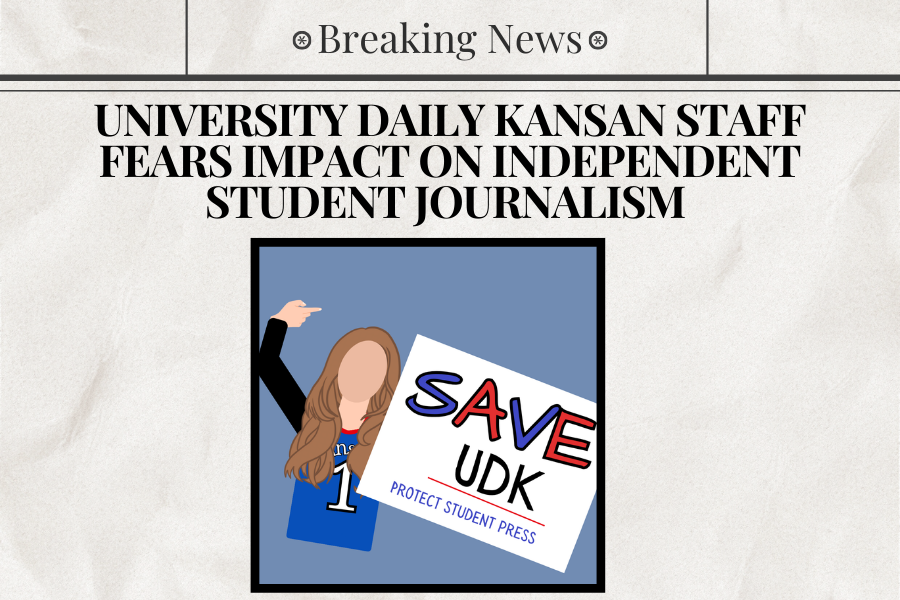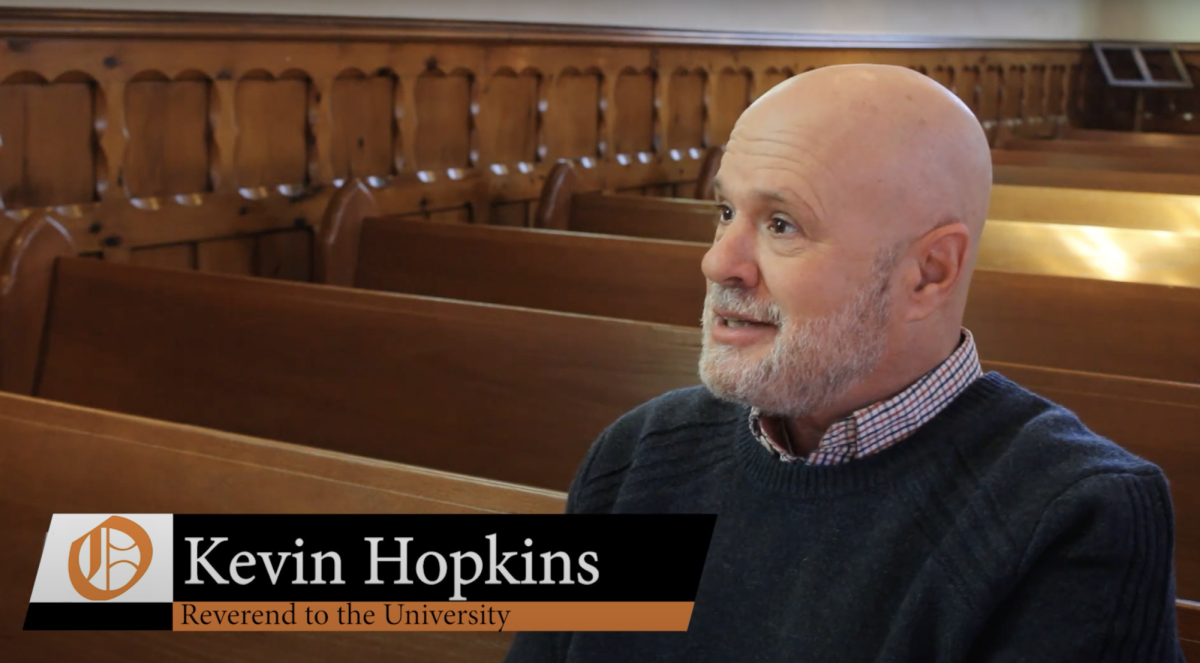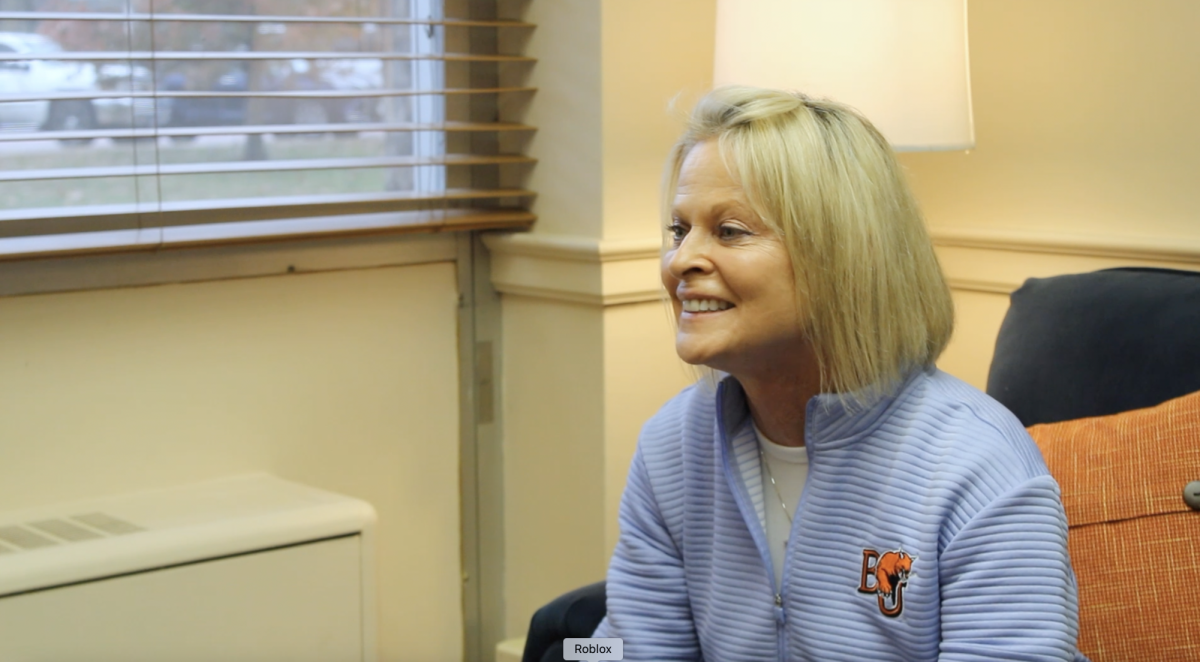The argument over whether the South Lawrence Trafficway should travel through a section of land previously part of the Baker Wetlands has finally been resolved after over two decades of debate as the 10th Circuit Court of Appeals ruled in favor of the trafficway project in July.
The area in question consists of 573 acres of wetlands that lie between Haskell Avenue and Louisiana Street in Lawrence.
“We’re still waiting for work on the trafficway to start but it’s nice to finally have the discussion settled,” Roger Boyd, director of natural areas for Baker University, said.
Boyd and his family have been taking care of the wetlands since the late 1960s and have seen the area used as corn and soybean fields, pasture land and even as a dumping ground.
Finally, after years of work, Boyd has converted the land back into the original wetlands.
When a proposal came forward from the Kansas Department of Transportation to build a road through the wetlands, Boyd and others involved with the wetlands were not in favor of the project.
However, after listening to KDOT’s mitigation plan, Boyd realized Baker and the wetlands would come out ahead if the project goes as planned.
KDOT’s mitigation plan grants 380 extra acres to Baker while only taking 56 for the project. KDOT is also providing approximately $9 million in an endowment fund to manage the wetlands.
“Throughout my time working with the wetlands, we have only just been able to scrape by in maintaining our area,” Boyd said. “Now because of the deal with KDOT, we as a university will be able to do things with the land we would never have been able to do on our own.”
The plans for the new land include prairie grasslands, more wetlands, bike trails, camping sites and building a visitor’s center.
“I’m very excited about the visitor’s center because one of the things I feel passionately about is getting kids excited about science through their elementary years,” Professor of Biology Darcy Russell said. “I’d like the visitor’s center to be a place where educators can bring kids for field trips and really get into nature.”
Senior Milan Piva, a summer research intern for the wetlands, also likes the idea of a visitor’s center.
“It’s going to be a huge educational tool for elementary students,” Piva said. “It’s really a different experience to actually go see things first hand instead of just reading from a textbook.”
Even though funding for the visitor’s center won’t be available for at least another year, Boyd has already begun plans for the building.
“We’re already busy planning the layout and designing displays,” Boyd said. “It’s kind of tedious to have to wait, but at least we know the money will be there.”
Baker hopes to begin construction on the 10,000-square foot visitor’s center by 2014 and has already begun restoration of other parts of the land.
“I think everything we’ve ever dreamed of doing is in the plans,” Boyd said. “Everything is going great.”








